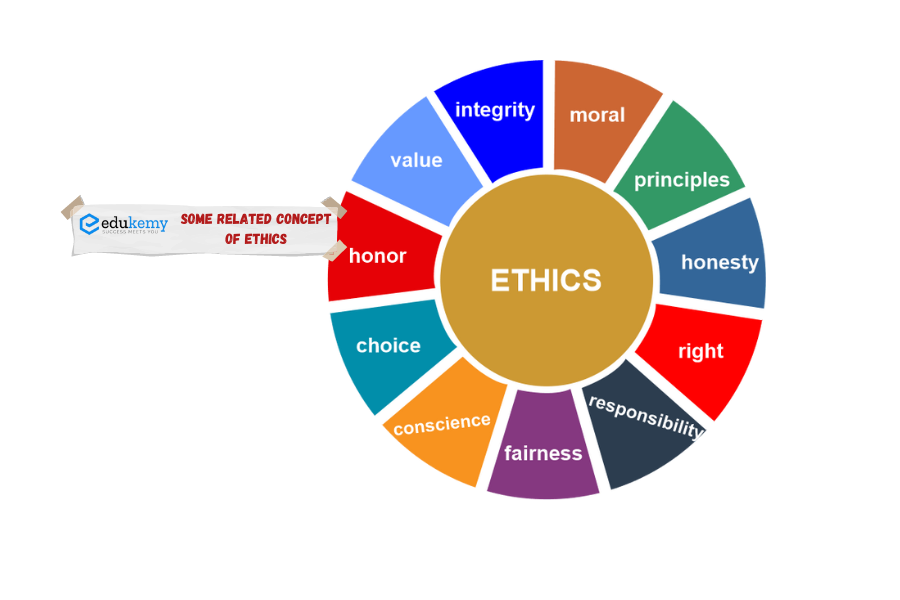
It’s fascinating to explore the intersections and distinctions between ethics and aesthetics. Indeed, they operate in different realms but can sometimes overlap or influence each other. When we discuss a piece of art, we might evaluate its aesthetic qualities—its beauty, composition, or emotional impact. At the same time, we might also consider its ethical implications—whether it promotes certain values, challenges societal norms, or addresses moral issues. For instance, a painting may be aesthetically pleasing while also conveying a powerful message about social justice.
The concept of amorality is intriguing. It highlights individuals or situations where moral considerations seem absent or disregarded. While some cases, like those resulting from medical procedures or neurological conditions, are more straightforward, others, such as the behavior of certain criminals, raise complex questions about the nature of morality and human agency. Non-moral objects, on the other hand, exist outside the realm of morality altogether. While they can be used in moral or immoral ways by humans, the objects themselves lack moral agency. This distinction is important in ethical discussions to avoid attributing moral qualities to entities that cannot possess them. Overall, understanding the nuances of ethics and aesthetics helps us appreciate the complexities of human experience and expression, whether in art or everyday life.
- Ethics and Aesthetics: Ethics deals with what is good, bad, right, or wrong in a moral sense. Aesthetics refers to what is good, bad, right, or wrong in art or beauty
- There can be overlap between two area
- One can judge a piece of art from an artistic point of view, deciding whether it is beautiful or ugly
- One can also discuss its moral import, for example, if the art makes moral comments on certain issues
Contents
- 1 Amoral
- 2 Non Moral
- 3 Frequently Asked Question
- 4 Q 1: What is the relationship between ethics and aesthetics?
- 5 Q 2: Can art be judged solely on its aesthetic qualities?
- 6 Q 3: What does it mean to be amoral?
- 7 Q 4: Are there objects that are inherently non-moral?
- 8 Q 5: How do ethics and aesthetics intersect in everyday life?
- 9 In case you still have your doubts, contact us on 9811333901.
Amoral
- Refers to having no moral sense or being indifferent to right and wrong.
- Certain people who have had prefrontal lobotomies tend to act amorally after the operation.
- Some human beings, despite moral education, have remained or become amoral.
- Examples of amoral persons include criminals who have no remorse for their misconduct
Non Moral
- Refers to objects that are beyond the question of morality altogether
- Inanimate objects such as cars and guns are neither moral nor immoral
- A person using the car or gun may use it immorally, but the objects themselves are non-moral
Frequently Asked Question
Q 1: What is the relationship between ethics and aesthetics?
Answer: Ethics concerns moral principles governing what is right or wrong, while aesthetics pertains to judgments of beauty or artistic merit. While they operate in different domains, there can be overlap, especially in art where moral themes may be explored aesthetically.
Q 2: Can art be judged solely on its aesthetic qualities?
Answer: Art can be appreciated for its aesthetic qualities alone, such as its visual appeal or emotional impact. However, considering its ethical dimensions can provide a deeper understanding, as art often reflects or comments on moral issues.
Q 3: What does it mean to be amoral?
Answer: To be amoral means lacking a moral sense or being indifferent to moral principles. This can result from factors like neurological conditions or personal disposition, leading individuals to act without regard for right or wrong.
Q 4: Are there objects that are inherently non-moral?
Answer: Yes, non-moral objects are those that exist beyond moral considerations, such as inanimate objects like cars or tools. While they can be used morally or immorally by humans, the objects themselves lack moral agency.
Q 5: How do ethics and aesthetics intersect in everyday life?
Answer: In daily experiences, ethics and aesthetics often influence each other. For example, decisions about consumer products may involve considerations of both their aesthetic appeal and ethical implications, such as environmental impact or labor practices.
In case you still have your doubts, contact us on 9811333901.
For UPSC Prelims Resources, Click here
For Daily Updates and Study Material:
Join our Telegram Channel – Edukemy for IAS
- 1. Learn through Videos – here
- 2. Be Exam Ready by Practicing Daily MCQs – here
- 3. Daily Newsletter – Get all your Current Affairs Covered – here
- 4. Mains Answer Writing Practice – here
- Visit our YouTube Channel – here

